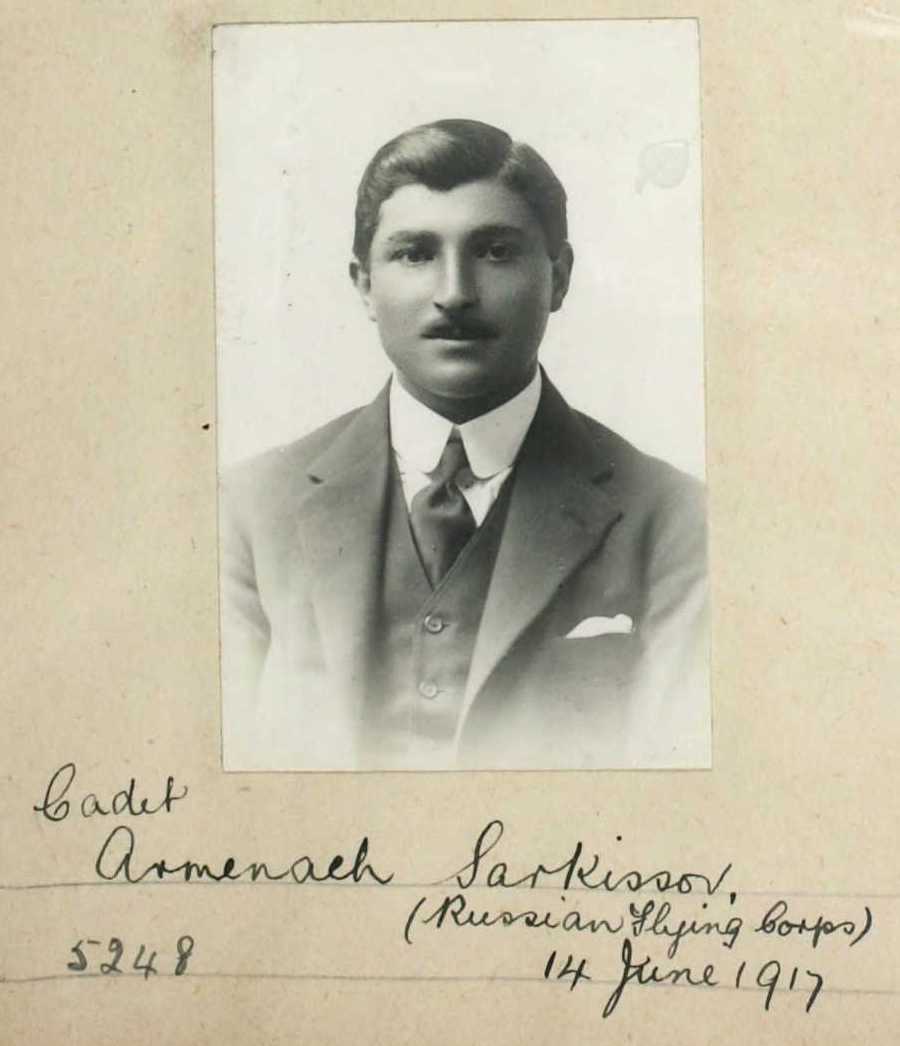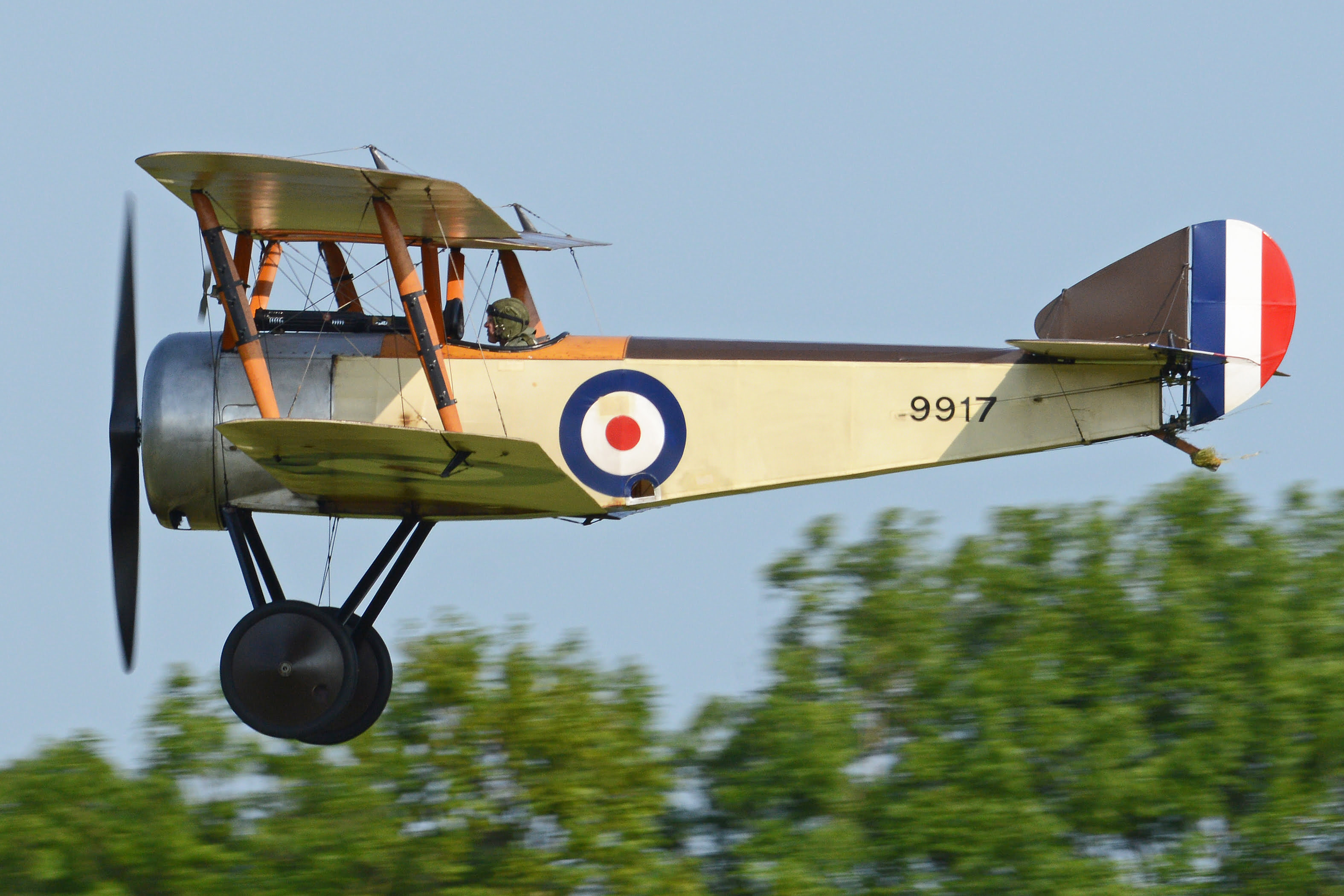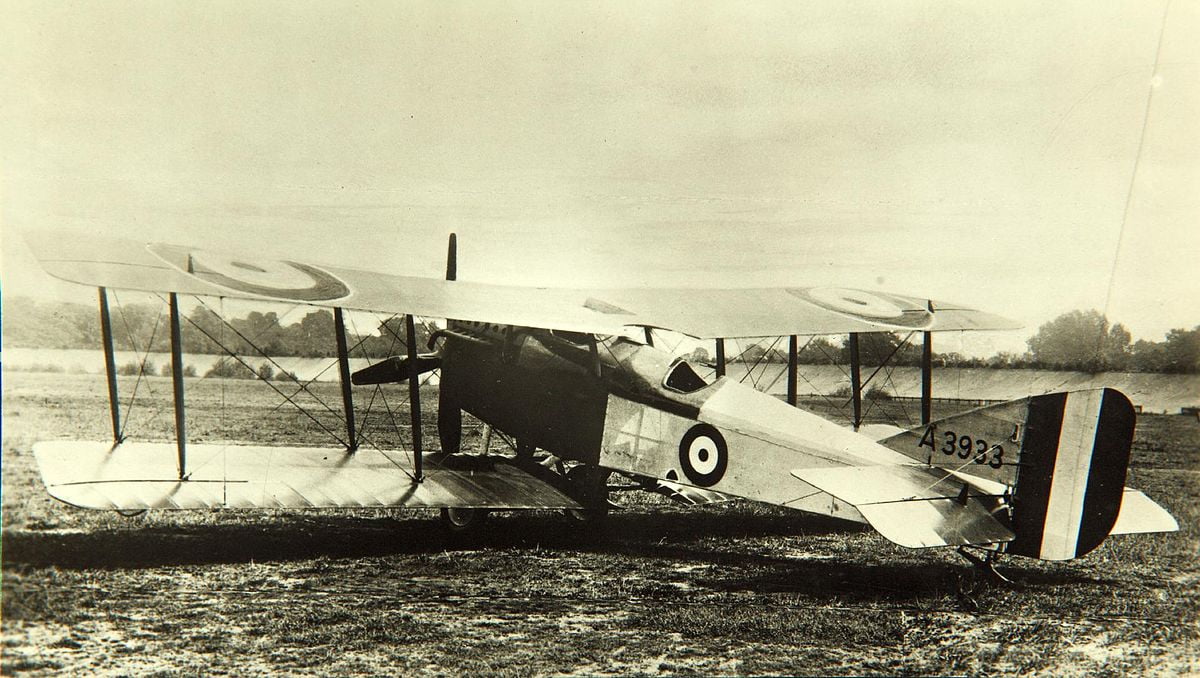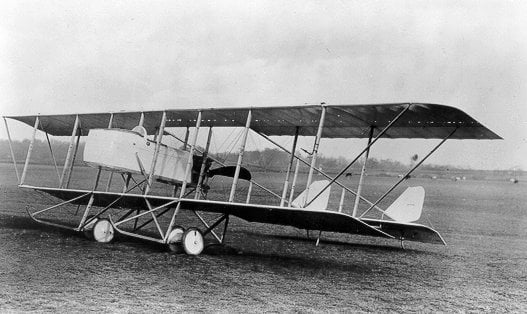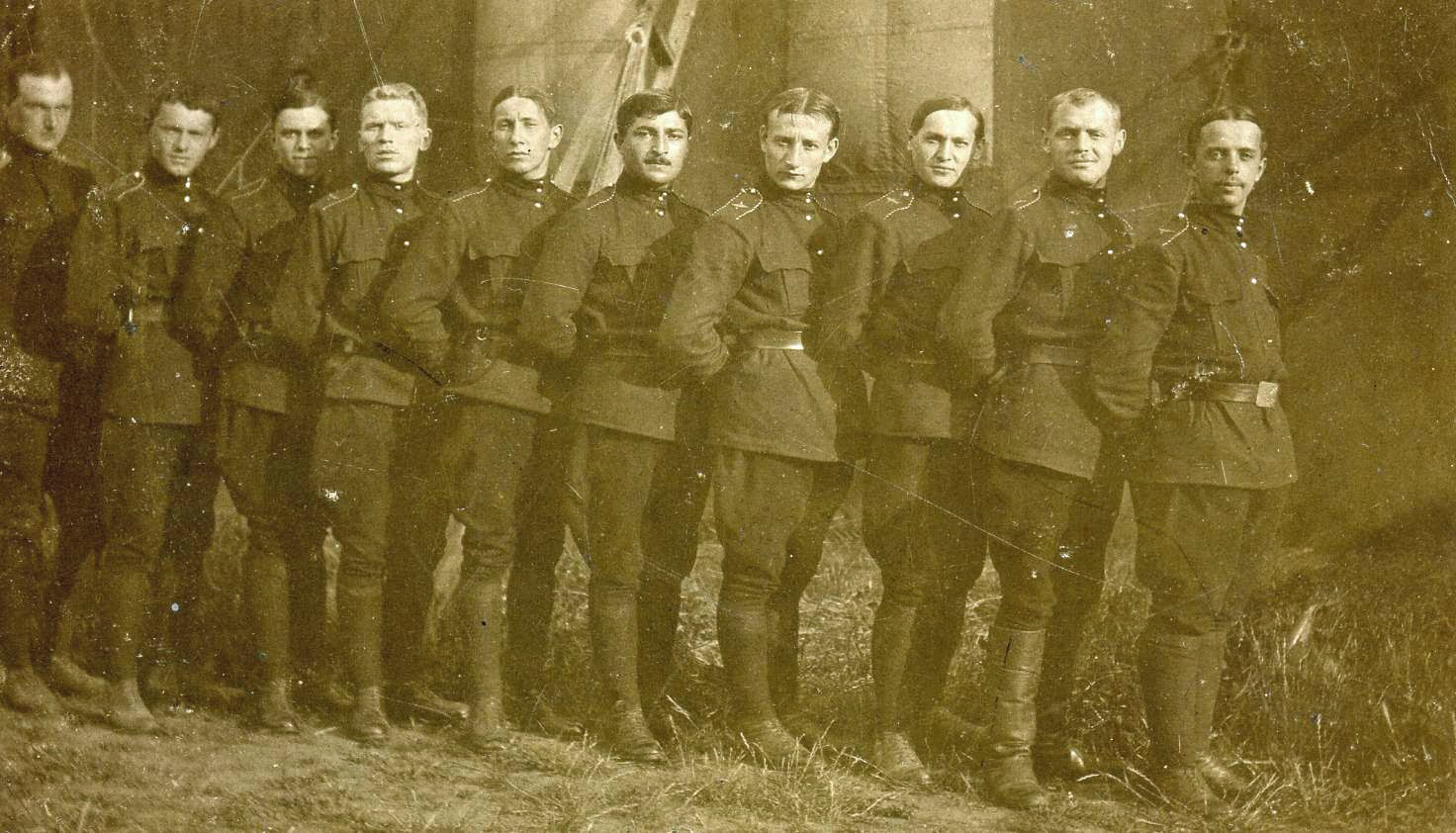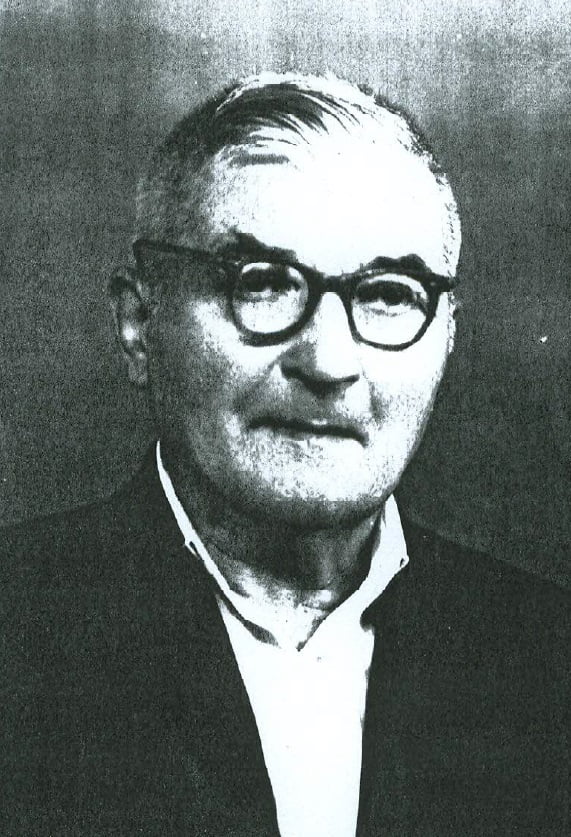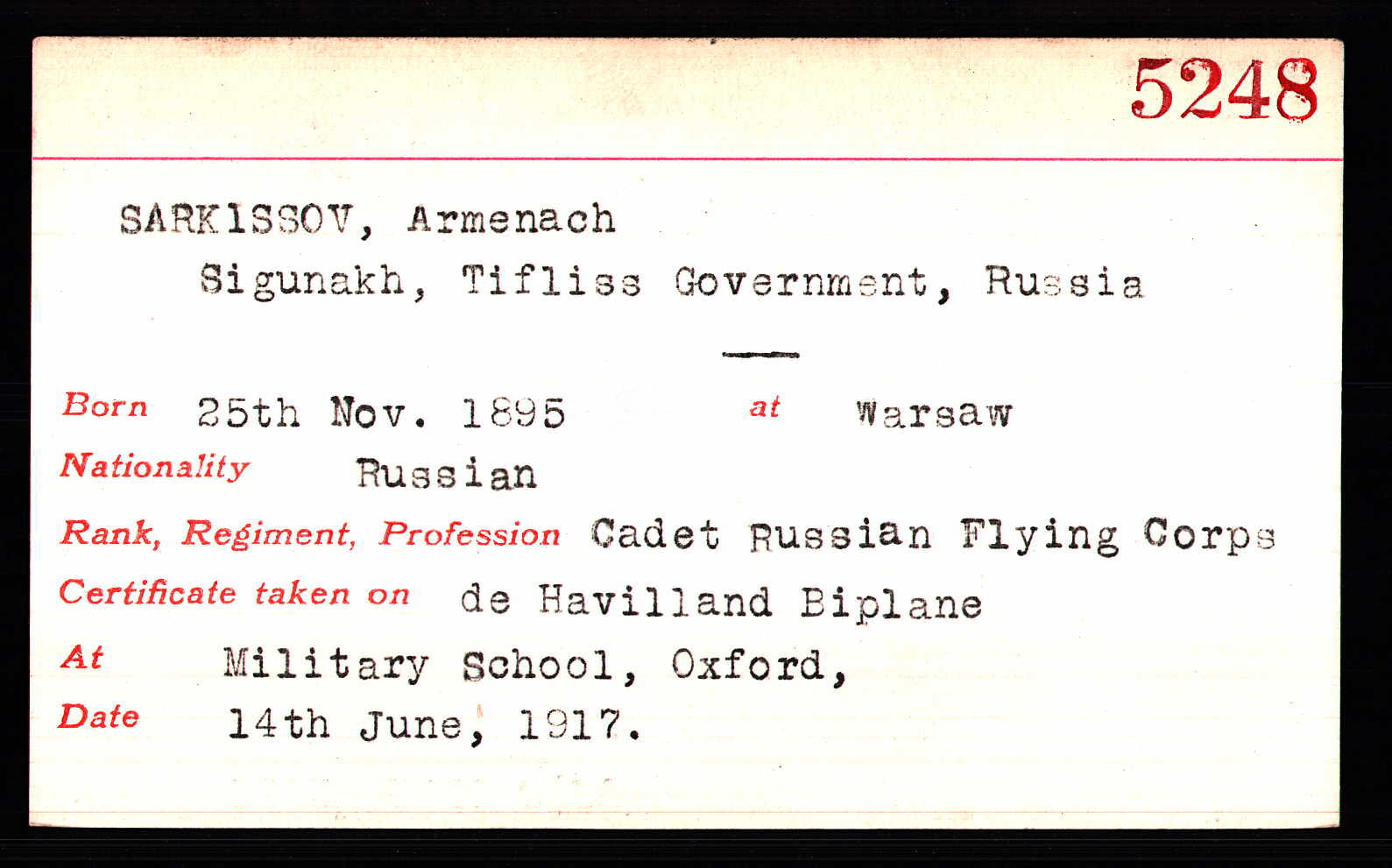Armenak Sarkissov
When we learned to fly
In 1917 Russia and Great Britain were immersed in a bloody war which has already lasted for three years. By now forces were weakened and almost all resources exhausted. There was a great shortage of pilots in the Royal Flying Corps section of the army and since the aviation training institutes were not as developed and qualified in Russia, officers were being sent to England and France for advanced level pilot training. The best 240 officers were chosen to be trained abroad. The process of the selection was very long and thorough since many different qualities were being looked at: skills, intelligence, health and physical shape and most importantly trustworthiness.
Armenak Sarkissov was one of those 240 pilots to be trained in England. He was born in 1895 to a large Armenian family in Sighnaghi, Georgia. After graduating from local school in 1912 he was sent to his sister in Warsaw for the purpose of obtaining higher education. At this time a mistake was made on his registration card about his place of birth. It was listed as Warsaw, which we know now not to be true. He started taking accounting courses and also worked at a plywood factory to make ends meet, since the money sent from home was very little.
In 1915 he was called back to Sighnaghi and mobilized for mandatory military service. He become a private soldier in the First Leib Guard Cavalry Regiment of Pskov.
His ability to speak different languages was noticed and soon he became the personal translator for one of the high ranking officers. There was a desperate need for interpreters and translators because most of the recruits were from Armenia or Georgia. Since Armenak spoke Russian, Polish, Armenian, Georgian and Turkish fluently he was sent to train as a Warrant Officer.
In 1916 he finished his training and was appointed a Commander and later that year enrolled at Petrograd Polytechnic Institute for a summer course.
On 25th February 1917, the legendary cruiser Varyag left Romanov-on-Murman (nowadays Murmansk) bound for Liverpool in order to be repaired. Armenak Sarkisov was onboard with 100 cadet pilots and 12 officers. On March 4th 1917 the future pilot arrived in England, where he and other Russian cadets heard news from the homeland about the abdication of Nikolai II and the establishment of The Russian Provisional Government.

Russian cruiser Variag
Armenak was assigned to an international group where he studied with students from Poland, Estonia, and Russia all aged from 19 to 25, all belonging to different social classes. During the course young pilots visited various aerodromes and were trained to operate such aircrafts like “Maurice Farman”, В.Е.2Е, «Curtiss», D.H.-6, В.Е.2В, В.Е.2С, «Avro», «Morane Biplane», «Sopwith Pup», «Sopwith», R.E.8, В.Е.12, S.E.5A, S.E.5B, «Martinsyde», D.H.-4, «Bristol Scout». Each cadet had to get familiar with at least 3-6 aircrafts and the most talented were trained in piloting jet fighter «Bristol Fighter». However, quite often space was limited at the flying schools and Russian cadets did not have the chance to fly strike planes.
Cadets who learned how to fly jet fighters continued and progressed to training in aero combat where aerobatics had to be performed perfectly. After completing a 3 stage piloting course cadets obtained the rank of Air Force Aviator.
On 29th September 1917 Armenak successfully completed the course as a Military Pilot.
At the time The Russian Provisional Government bought a few dozen Caproni aircraft from Italy, and interestingly some of our newly training pilots were chosen to deliver them to Russia. While they were learning air-routes from Italy to Russia and familiarising themselves with “Caproni”, the Russian Revolution took place. Lenin and his supporters came to power, and subsequently all agreements between Italy and the Russian Provisional Government were suspended or called off. So Italy kept the “Caproni” planes and the pilots were sent to Paris. The representative of the Military Mission in Paris, Count Ignatiev, took it upon himself to decide the Russian pilots’ fate and sent them back to England, where the representative of the Soviet Russian Government Mr Litvinov helped the pilots to return to Russia in autumn 1917.
Needless to say, the pilots were divided based on their political beliefs and Armenak supported the Red Army.
He was called to Moscow in 1918 and appointed a commander of one of the newly formed Smolenskaya aviation group units. In 1918 Armenak went on approximately 40 secret combat missions or reconnaissance sorties, and as every flight lasted more than two hours, he clocked up more than 90 flying hours In the same year he was made Commander of the Air Force of the South. In 1919 he was transferred to the “Tsar” Front as Commander of the 16th Squadron. In the summer of the same year he became seriously ill and when he returned to duty after a long recovery, he voluntarily applied to be a regular pilot in his own unit. Within the next few years he was transferred to Unit 22 and in 1923 to Unit 47 where Armenian, Georgian and Azeri squadrons were combined. Shortly after that Armenak Sarkissov was discharged.
He was called back during WW2 and was appointed Assistant Chief of Logistics in the Technical Unit. Armenak served at Krasnodar Airfield and participated in the defence of Sevastopol and the Caucasus, the Crimea and Southern Ukraine.
Armenak Tigranovich Sarkisov lived a varied and interesting life. Even in his old age he led an active life working with young people. He often performed in factories, schools and universities. The honorary “pensioner” who participated in three wars, has left a significant mark in the history of world aviation.

